(Part 1 of a 2-part blog series)
If you are as old as the two of us, you remember the book, If You Don’t Feed the Teachers, They Eat the Students! Though written 20 years ago, Dr. Neila Conner’s message is still as pertinent today as it was then:
“Successful schools only survive when there are successful administrators leading the way…As simplistic as this may seem, effective schools exist and persevere only when an exceptional leader with a vision is like “the head cook.” They work to create M.E.A.L.S (meaningful experiences affecting long-term success built from R.E.C.I.P.E.S (recognizing everyone contributes in providing educational successes.
They both spend an inordinate amount of time preparing, planning, and visioning before they even begin to COOK or implement….they keep their focus on the outcomes and…continuously re-adjust, refocus, and re-evaluate their plans and efforts.
Building leaders have had no choice but to engage in these actions over the past year. In the coming months, they must also identify how they will support learners this summer and upon return in the fall while also focusing on priorities in alignment with “beyond the pandemic” thinking.
Mise En Place

If you watch cooking shows, you know a critical culinary skill includes the use of mise en place–small bowls of ingredients and necessary tools prepared ahead of time or “everything in its place.” Schools and districts should be engaging in their own version of this to prepare now for future meals and priorities. Efforts must continue to ensure all students have access to equitable and rigorous learning experiences. Leaders must identify how they will create the conditions for this to occur
Those who support leaders must identify the necessary skills and actions needed to achieve expected outcomes. We cannot assume our school leaders have this expertise.
We recognized the need to help districts organize their thinking as they plan over the next few months. We have spent several weeks developing a visual tool and synthesis of our work/the skills we teach with current research and projections about the future of our schools. We started with our goal for all learners and created encircling layers of priorities, high leverage behaviors, and required skills and competencies to support that goal:
Circle 1/Long-Term Solutions (orange): Longer-term solutions include improvements in leader preparation and induction programs while immediate solutions can include a persistent focus on diversity in recruitment, improved leader support through high quality professional learning, and coaching that supports improved teaching and learning.
Circle 2/Priorities (pink): This year, everything feels like a priority. The good news is that reports that are being released identifying focus areas for schools moving forward continue to reinforce one another. The Learning Policy Institute’s Restarting and Reinventing School from August emphasized 10 priorities that remain critical. We found that our work in support of leaders, schools, and districts, especially in observation and feedback, continues to support 4 in particular:
- #2 Strengthen distance and blended learning
- #3 Assess what students need
- #4 Ensure supports for social and emotional learning
- #5 Emphasize authentic, culturally responsive learning
——————————————————————————————————————————-
But, mise en place will only get a chef so far. There are still myriad culinary actions and skills ranging in complexity that are required for successful use of those prepared ingredients and tools to reach the desired end result.
Circle 3/Actions & Behaviors (green): In our last blog, we shared our excitement about the release of the Wallace Foundation report about principal impact. They identify “four interrelated domains of behaviors and practices to produce school outcomes”:
Sharpening Your Skills
Circle 4/Overarching Skills & Expertise (blue): To engage in these behaviors, the Wallace team identifies three overlapping realms of skills and expertise that school leaders need to be successful in relation to instruction, people, and the organization. They describe how these skills and expertise manifest in the four classes of behaviors.
(Click on the complete graphic for a full view pdf)
Outer Circle 5/Skills & Expertise supported by Tepper & Flynn (yellow): We have been fortunate to have worked with hundreds of schools over the past decade in the skills identified in the outer circle–aligning to the Wallace Foundation skills and behaviors and the Learning Policy Institute’s Priorities. Early on, it was clear leaders needed support in the work of improving teaching and learning, and we saw one of the critical levers was to build capacity in observation and feedback (right side of the graphic). (Part 2 of this blog will address the skills and actions related to cultivating a culture of learning-the left side of the graphic)
Amy knows how to cook about 7 meals and will venture out of her comfort zone infrequently. When she does, she closely follows a new recipe with angst and feels no joy in the new learning. Patrick on the other hand, is taking online Master Classes from some of the world’s best chefs and has even started to innovate and take risks in the kitchen. Like your leaders, we bring different skills into the kitchen so we require different pathways to learn, plan, prepare, and cook successfully.
Check out our video to learn more
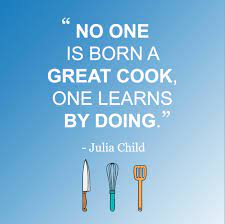
Let’s Get Cookin’
To establish your own mise en place for this spring and summer, consider our 5 suggestions for utilizing our graphic synthesis:
- Unpack with teams to build an understanding of the layers of skills and complexities associated with desired outcomes and behaviors
- Utilize as a district or site-based assessment to uncover strengths and areas of need and to generate deep conversations about priorities and related skill gaps
- Identify your “slice” to create pathways for professional learning
- Identify the interconnections between the priorities, behaviors, and skills
- Reach out to us to brainstorm and to learn how we can help you
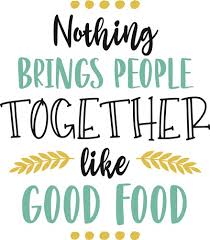
To build readiness to get cooking in the fall–to ensure our leaders have the capacity to meet our central goal for learners and engage in high leverage behaviors in support of that goal–we will be using the concepts to facilitate the design of personalized pathways with districts.
Dr. Conner’s advice from two decades ago is also equally as true for our leaders. If you don’t feed the administrators, they eat the staff. Now is the time to get your kitchen in order so all leaders have the ability to create the conditions for success and our teachers, staff and students remain well-fed.
Check out our cookbooks
Need further guidance? Contact us directly and check out our resources and new webinars on our site
Let’s stay connected – Sign up for our mailing list
Twitter: Amy @ATep46 Patrick @ReVISION_Learng

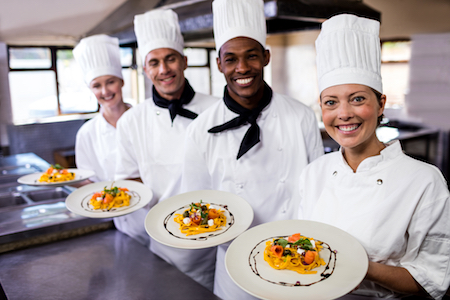
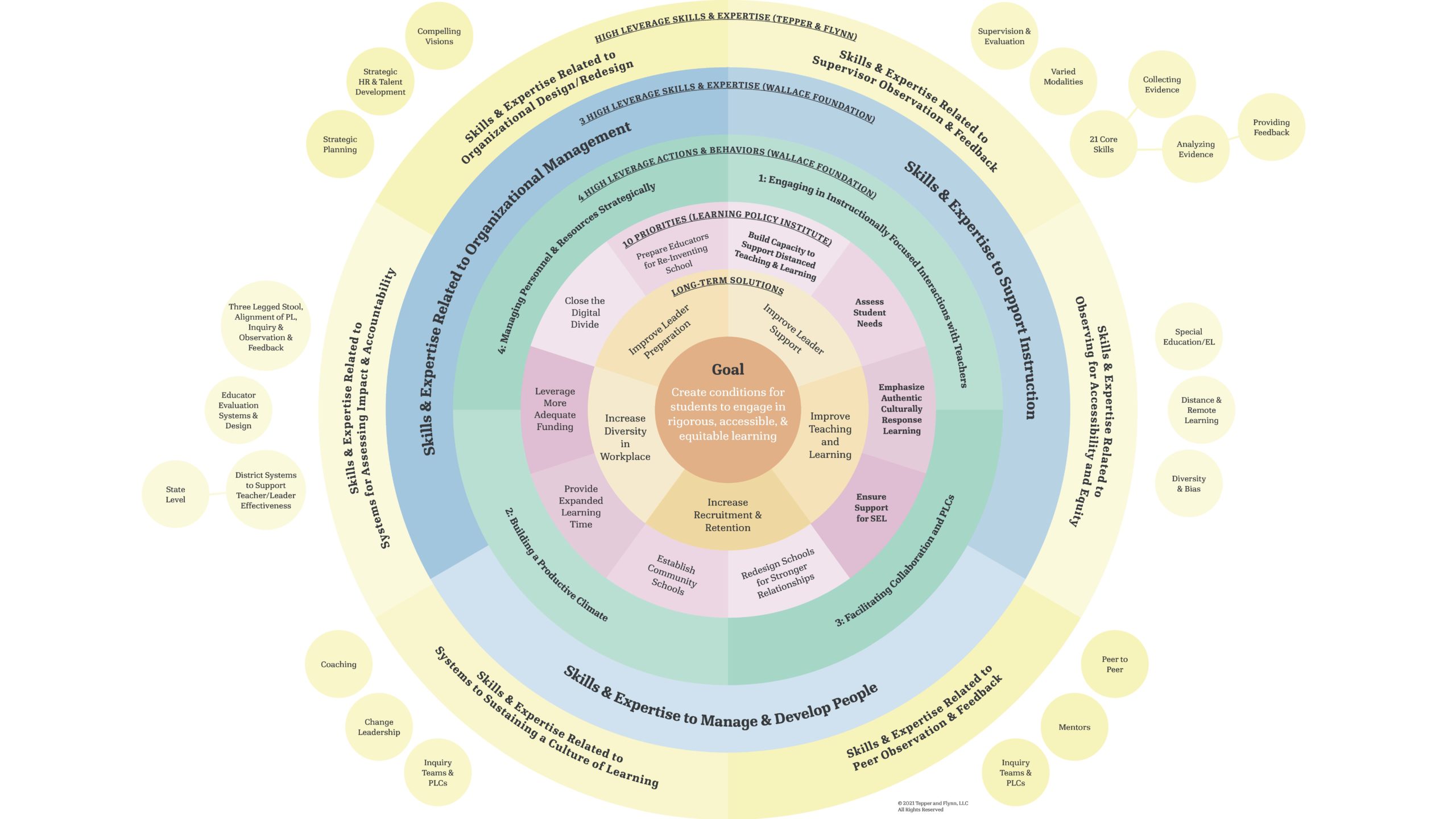



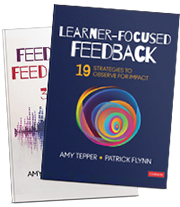
Leave a Reply